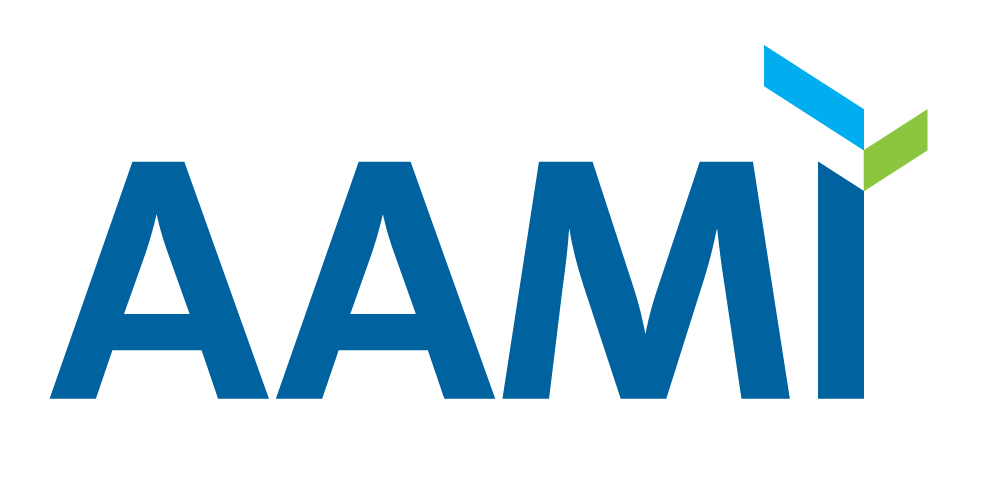Chemical Characterization of Medical Devices Workshop

Upcoming Virtual Courses
Expert Insights
Chemical Characterization of Medical Devices Workshop (Feb 2025)
Feb 24 to Feb 27, 2025
Overview
This course provides an in-depth exploration of the chemical characterization process essential for assessing the biocompatibility of medical devices. Participants will gain insight into the latest regulatory expectations worldwide, with a focus on compliance with ISO 10993-17, ISO 10993-18, and industry best practices. The course will cover key areas, including the fundamentals of polymers and materials science, the extraction and data collection process for extractables and leachable’ s (E&L), and the toxicological risk assessment of E&L data. Through a structured curriculum, participants will learn to navigate the complexities of chemical characterization step-by-step, ensuring they can effectively address regulatory requirements and enhance the safety profiles of medical devices.
Objectives
I. Introduction to ISO 10993-1, ISO 10993-17, and ISO 10993-18
- Chemical characterization in lieu of animal testing for systemic toxicity, reproductive toxicity, genotoxicity, carcinogenicity
II. Extent of recognition of chemical characterization (ISO 10993-18 and -17) in the US, EU, and other regions
III. Examples of chemical characterization deficiency comments by regulatory agencies
IV. Fundamentals of polymers/materials science
- Basics of organic chemistry
- Monomer vs Polymers and their relation to medical devices
- Polymers: Thermosets vs Thermoplastics
- Common Polymeric Systems: Synthesis/Preparation Methods/Formulations
- Thermoplastics (i.e. PP, HDPE, Acetal, PEEK)
- Thermosets (i.e. silicone-based materials, adhesives)
- Coatings for Medical Devices (i.e. hydrophilic/hydrophobic)
- Processing Aids (i.e. mold-release agents; solvents)
- Other Materials: Metals, Drugs, Biologics, Biobased, and Gases
- Effect of Time and Exposure Environment on a Material's Safety Profile
- Potential Degradants and Side Products of Common Materials
V. ISO 10993-18: Extractables and Leachable's (E&) & Analytical Chemistry
- Basics of Extractions: Solvent Selection, Temperature, Time, pH, Ratios, Materials Effect
- Exhaustive vs Simulated Extractions
- Challenges with Exhaustive Extraction
- Solvent Selection for Extractions
- Introduction to analytical chemistry (HS-GC/MS; GC/MS; LC/MS; ICP/MS)
- Application and Calculation of AET
- Identification and Quantification of Extracted Chemicals
- Addressing Unknown Chemicals
- Benefit of Priori materials/device assessment
- Tips for Screening a Laboratory: Protocol and Report
VI. Toxicological Risk Assessment in Relation to ISO 10993-17
- Data Sorting and Cleaning for Risk Assessment (e.g., Grouping Chemicals)
- Using TSL vs TI to Establish Chemical Safety
- How to find relevant toxicological safety information for an identified constituent/chemical?
- Deriving TI and MOS for Chemicals
- How to leverage MOS and other literature to determine safety of a chemical for a biocompatibility endpoint?
- Handling Chemicals with No Data
- Fundamentals of Surrogate Selection for No-Data/Low-Data Chemicals
- Tips for a Complete Toxicological Risk Assessment
VII. Case Studies and Practical Exercises
What to expect
Over the course of sixteen (16) hours, the attendee/learner will be able to:
- Understand Fundamentals for Polymers/Materials Relatable to Medical Devices:
- Gain a solid understanding of polymer science fundamentals, including the differences between thermoplastics and thermosets and common formulation additives, coatings, processing aid, and potential degradants.
- Learn how these factors impact the safety and biocompatibility of medical devices.
- Understand Extractables and Leachable’ s (E&L) Profiling of Medical Devices:
- Learn the essential practices and methodologies for E&L profiling, including solvent selection, the effects of materials of construction, and the impact of extraction conditions (time, temperature, pH).
- Understand how E&L studies are carried out and assess laboratory capabilities to ensure compliance with ISO 10993-18.
- Understand Process of the Toxicological Risk Assessments of E&L Data:
Acquire the skills to use E&L data in conducting toxicological risk assessments (TRA) as per ISO 10993-17. This includes grouping chemicals, deriving tolerable intake, and handling chemicals with limited data.
Evaluate whether TRAs meet regulatory standards and ensure the safety of medical devices.
Who Should Attend?
Professionals in the medical device industry with expectations to comment or carry out biocompatibility-related tasks in their position such as:
- Regulatory Affairs and Quality Assurance Professionals
- Research, Design and Manufacturing Engineers
- Microbiologists and Chemists involved in the evaluation of Medical Devices
- Product Managers, Laboratory Managers
- Process Development and System Engineers
- Toxicologists and Biological Safety Specialists
Virtual Training Information
Faculty

Amir Rahimi, Ph.D., DABT
Chemva, Biocompatibility and Materials Consulting|Co-Founder
